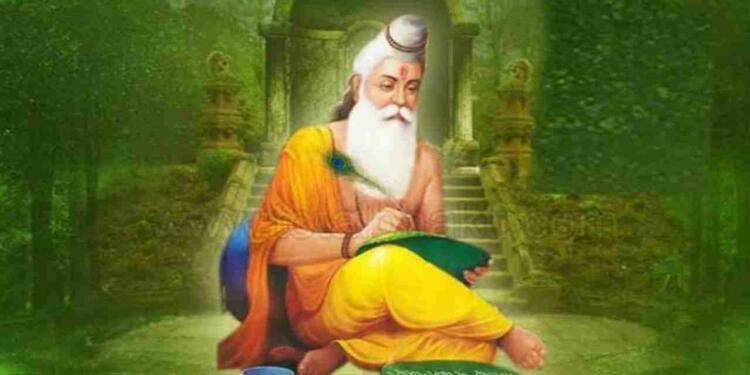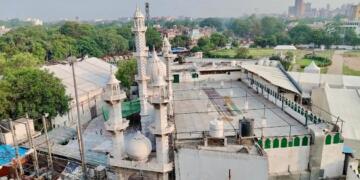The Ramayan is the most important Hindu epic. In a way, it is at the heart of India’s moral foundations. So, how we read, interpret, and understand the Ramayan becomes extremely important. After all, there is not just one Ramayan. In fact, the original Ramayan was written by Maharishi Valmiki, though many other versions were written later including the Ramcharitmanas that was authored by Goswami Tulsidas.
Yet, all versions of the Ramayan are not the same and the one written by Valmiki reflects the true spirit of the Hindu epic. Now, there can’t be a better day than October 20, 2021- Valmiki Jayanti to understand the difference between the original Ramayan and the modified versions written later.
Valmiki’s Ramayan is based on divine vision:
Maharishi Valmiki hadn’t written fiction when he wrote the Ramayan. Impressed by his devotion and relentless meditation towards Bhagwan Ram, he was gifted with divine vision by Bhagwan Brahma. Valmiki used this divine vision to write the Ramayan.
So, the Ramayan was written as a true narration of the facts as they took place. There is no work of fiction or literary modification involved in Valmiki’s Ramayan. Other versions of Ramayan written by Goswami Tulsidas or Ramanujan or Mughal Emperor Shah Jahan’s son Dara Sikoh weren’t written with divine vision. They are literary works and fall in the category of fiction or at least semi-fiction.
The original Ramayan written in Sanskrit by Valmiki is however not a subject of modification. It is the primary and only true description of Bhagwan Ram’s life. In case of any dispute, this is the version you ought to accept as true.
How Valmiki Ramayan is different from other versions:
There are linguistic differences. There are writing style differences also. But most importantly, there is a difference in the content of Valmiki Ramayan and other versions written in later years.
That Sita was circumscribed in the Lakshman Rekha is a jibe constantly used to give a misogynistic background to the Ramayan. Yet, Valmiki Ramayan mentions no such line of protection that Sita shouldn’t transgress. The Lakshman Rekha is however mentioned in the Ramcharitmanas.
Also, Bhagwan Hanuman is described as a human belonging to the “Vanara” tribe in Valmiki Ramayan, whereas he has been depicted as a monkey in the Ramcharitmanas.
There is also a key difference in the depiction of Sita- she is described as a soft-spoken and submissive woman in the Ramcharitmanas whereas she is described as a strong and outspoken woman in Valmiki Ramayan.
Moreover, in Valmiki Ramayan, Sita is abducted by Ravan, and Bhagwan Ram fights a war to defeat Ravan and bring back his wife. On the other hand, Ramcharitmanas states that the real Sita wasn’t abducted, and it was a clone who was kidnapped by Ravan.
Finally, Valmiki Ramayan ends with Bhagwan Ram drowning himself in the Saryu River as he is saddened by the absence of Sita and Lakshman. On the other hand, Ramcharitmanas ends with the birth of twin sons- Luv and Kush.
Yet, it is Valmiki Ramayan – the true narration of the events as they unfolded that you should understand and learn from as against the later versions that contained certain modifications.






























